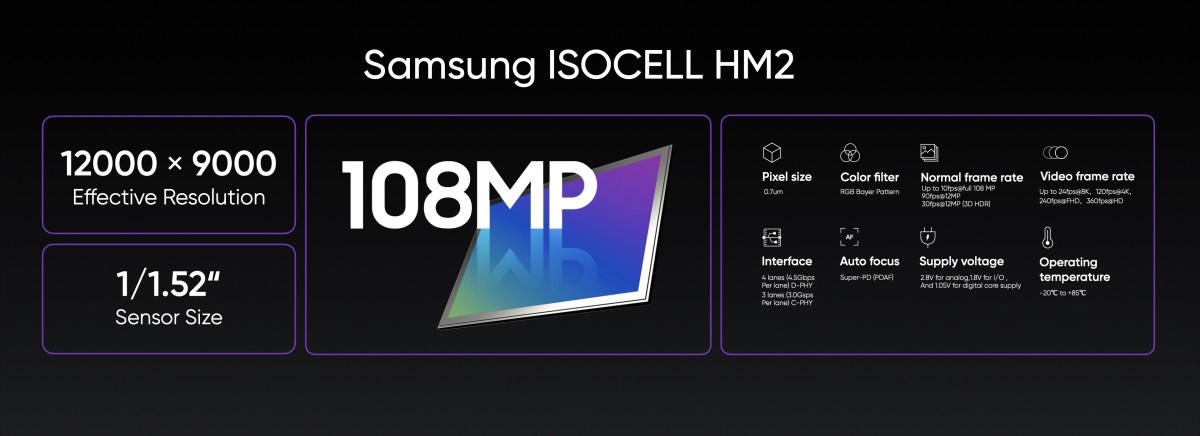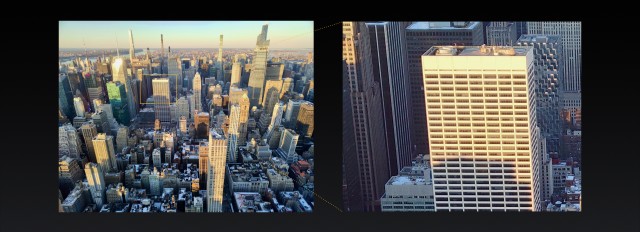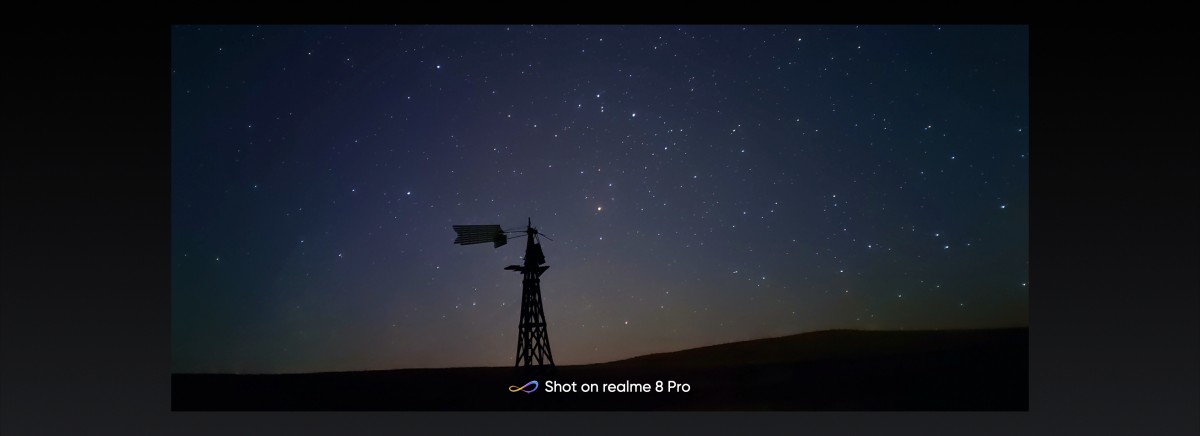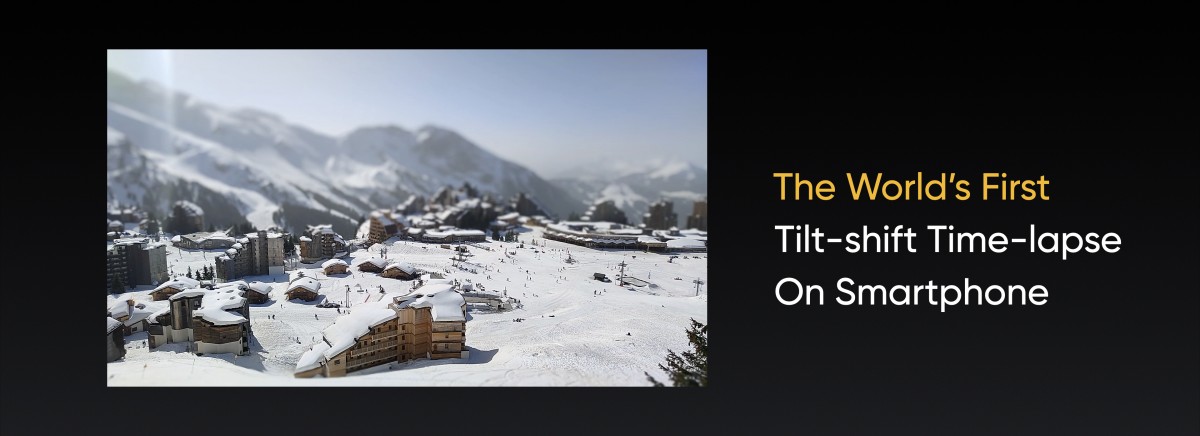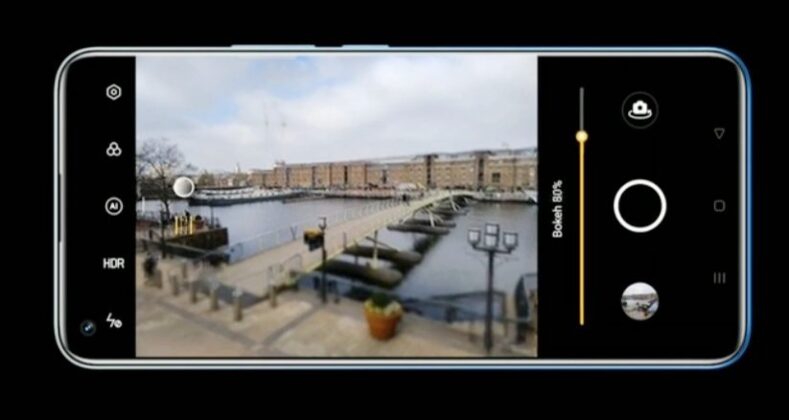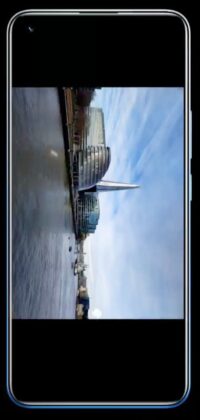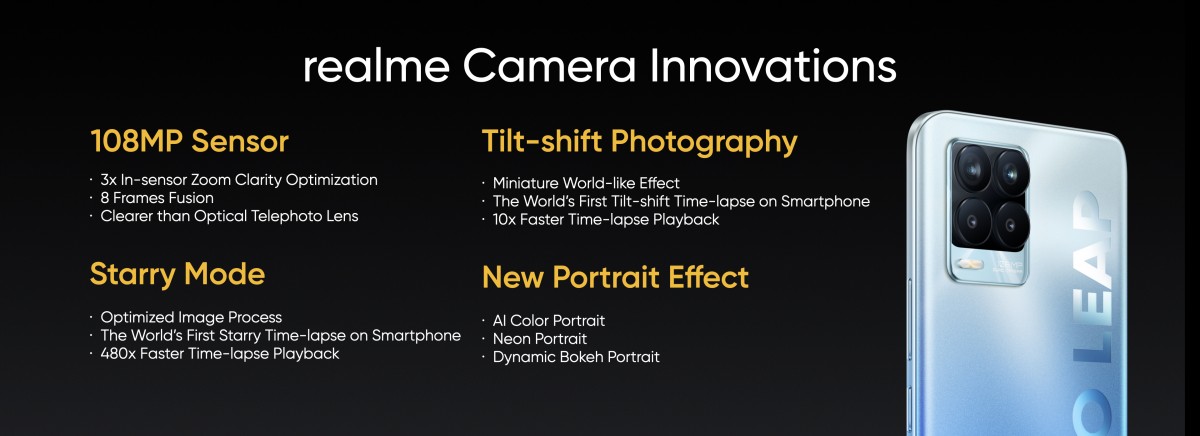After launching the Realme Narzo 30 series and Realme X7 series in India. Now the company has just revealed the details for its upcoming 108MP camera. Yes, after Xiaomi and Redmi we now have one more brand entering the 108MP camera race with none other than Realme.
Previously in early 2019 Realme announced the first 64MP camera details at an exclusive event and the same is followed for the new 108MP camera phone. Yes, Realme upcoming smartphone aka Realme 8 series will make its debut with Samsung ISOCELL HM2 108MP camera sensor.
As per the company, the new Samsung ISOCELL HM2 108MP will come with 9 to 1-pixel binning tech and up to 3x lossless zoom. It comes with a 1/1.52” sensor with a 0.7 μm pixel size and Super-PD autofocus. Not just that the sensor is also capable of 4K record videos at 120fps.
The new 108MP sensor uses 3x in-sensor lossless zoom to maintain the details and also avoid any oversharpening of colours by shooting the 12MP photos. So the sensor will capture 8 times 12MP images to make a huge 108MP bright image.
The new 108MP sensor also gets all-new Starry Mode for astrophotography time-lapse videos. The new Starry Mode shoots 30 photos across 480 seconds (8 minutes) which then results in a 1s time-lapse video.
Another feature Realme added to the 108MP sensor is the new Tilt-shift time-lapse video. Yes, the world’s first Tilt-shift time-lapse video will use an algorithm to capture tilt-shift photos and videos. Not just that this mode will also help us to select the angle, position and bokeh size directly from the camera settings. Further one can also add transition effects between blurred and clear areas. The World’s first Tilt-shift video capture deice will be the new Realme 8 Pro.
Lastly, Realme will also add some new filters with Neon Portrait, Dynamic Bokeh Portrait, and AI Color Portrait. Finally, Realme officially revealed the first look of the new Realme 8 Pro. From the renders, we can see that Realme 8 Pro features a quad-camera setup arranged under a square camera module.



